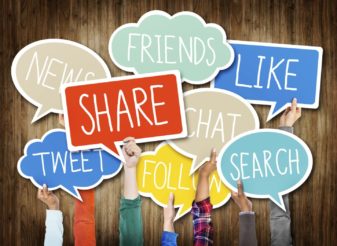
IDEAL = REAL: HOW TO IDENTIFY EARLY CUSTOMERS

So you have a solid idea, team, and market analysis under your belt, now it's time to accelerate the validation process. It's time to start selling. At this point you've made some noise with a set of friends that — let's be honest — are mostly there to support you. As long as you don't charge too much (or annoy them too much), they will likely be your customers. But, they are not the early customers that matter. Your ideal early customers will be (i.e. should be) friends and acquaintances further away from the center of your social graph. They are the people one or two connections away that want what you are offering and are willing to buy it and/or meaningfully engage with it. But who are these people, exactly? In the business world, there is no end to literature about developing your Ideal Customer Profile (ICP), but in the end, it comes down to consistency. We all make decisions from the emotional part of our brains, so that's precisely where you need to connect. Depending on your business model, the process of developing empathy with your early customers is nuanced differently: - If you're building a product/service for the general population right out of the gate, then you need to carefully pick your customer segment. In most cases you should actually develop three or more personas, then pick the one that you are going to focus on. It will change — it always does — but it's good to start somewhere. Put your empathy hat on and write a story for you and your team to modify as you go — If you're building the next Uber or AirBnB, then you have to carefully develop your profiles on both sides. Who is the buyer? Who is the seller? To win, you're going to have to focus more on the buyer side (e.g. the person buying the ride, or whatever) and ensure that your seller acquisition strategy doesn't suck. If you successfully acquire buyers, then it's relatively easy (but still not, you know, easy) to find & train people to be your sellers/providers.
TARGET INFLUENCERS 
When you put this process into practice you and your team will be conflicted. You'll have a bunch of competing theories about your ideal customer profile, and you'll tend to be biased after conversations with “lots of people” who seem to confirm your vision. But at this point you shouldn't let a small number of conversations unjustly influence your hypothesis about your ideal customer profile. Listen to your team and “go with your gut” for your first draft. That being said, a smart strategy at this point is to target people of influence. If you land the leaders, you also land their followers. Finally, at the end of the day, your ideal customer profiles will always change and will rarely end up describing your actual customers. That's OK. The practice of writing down your hypothesis and relentlessly revising as you go is the most important part. The real people who make decisions to buy/engage with what you're selling will be a complex group, but honing in early on your customer segments and profiles will help you build and market a product that people actually want.